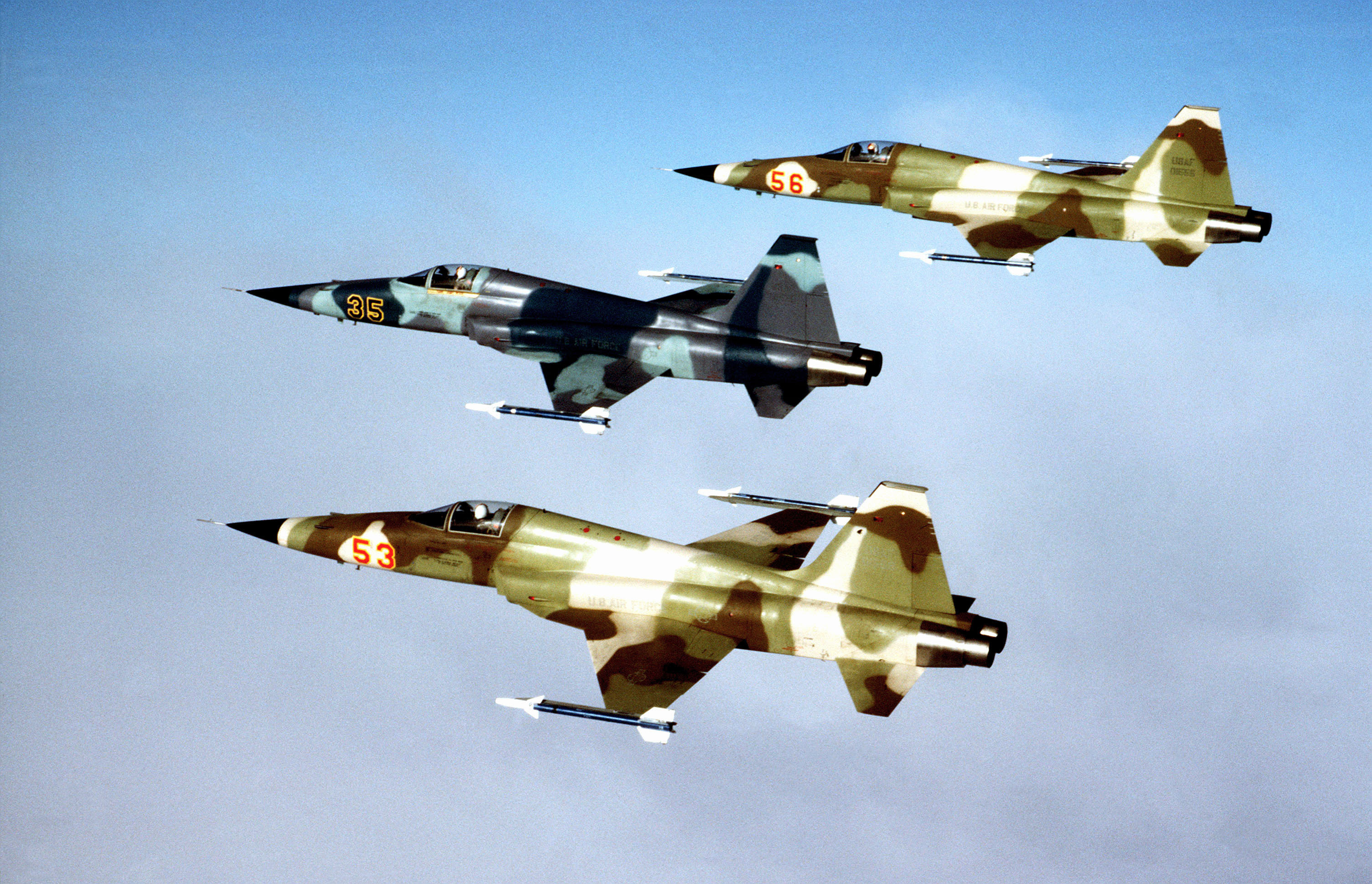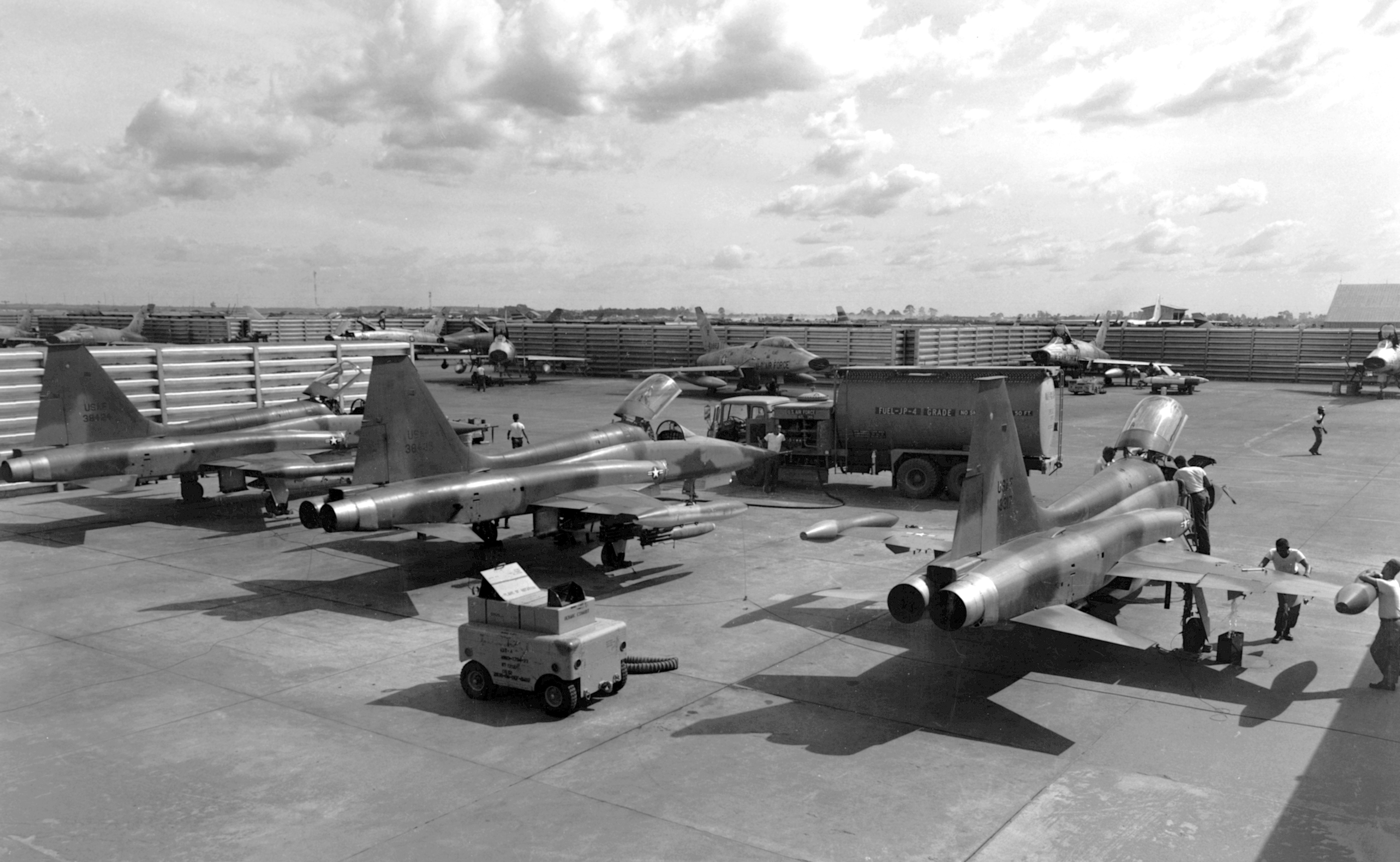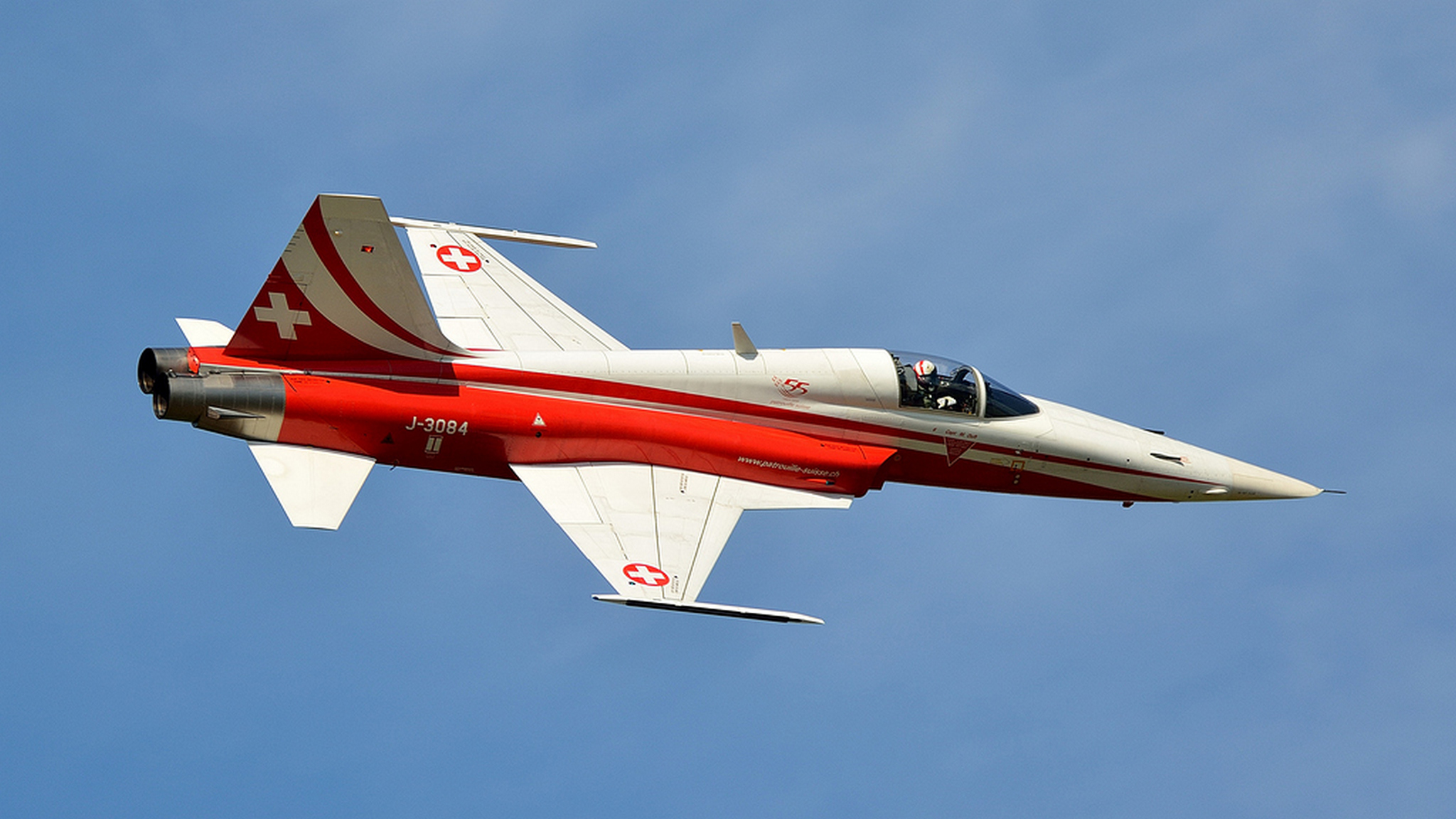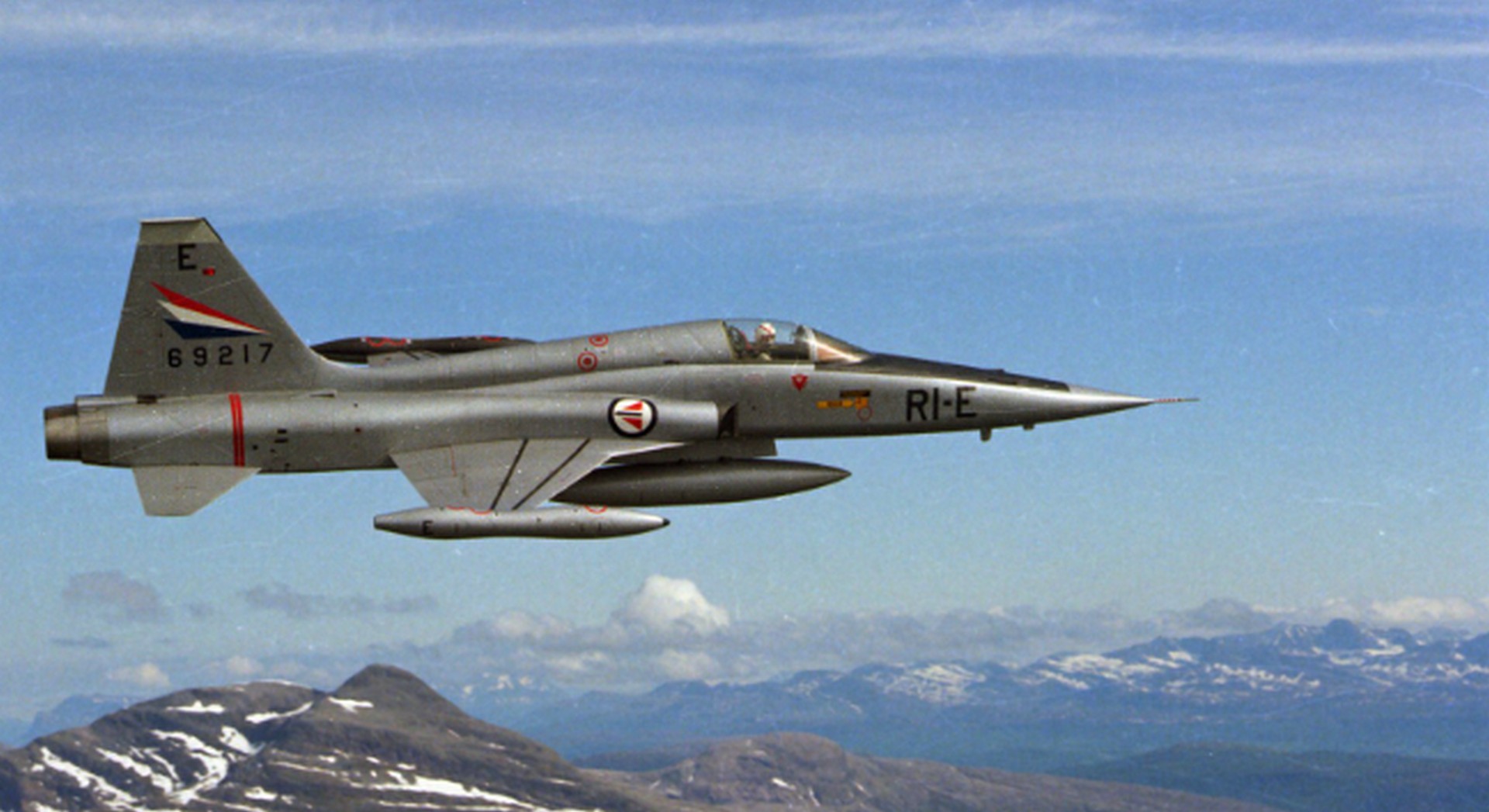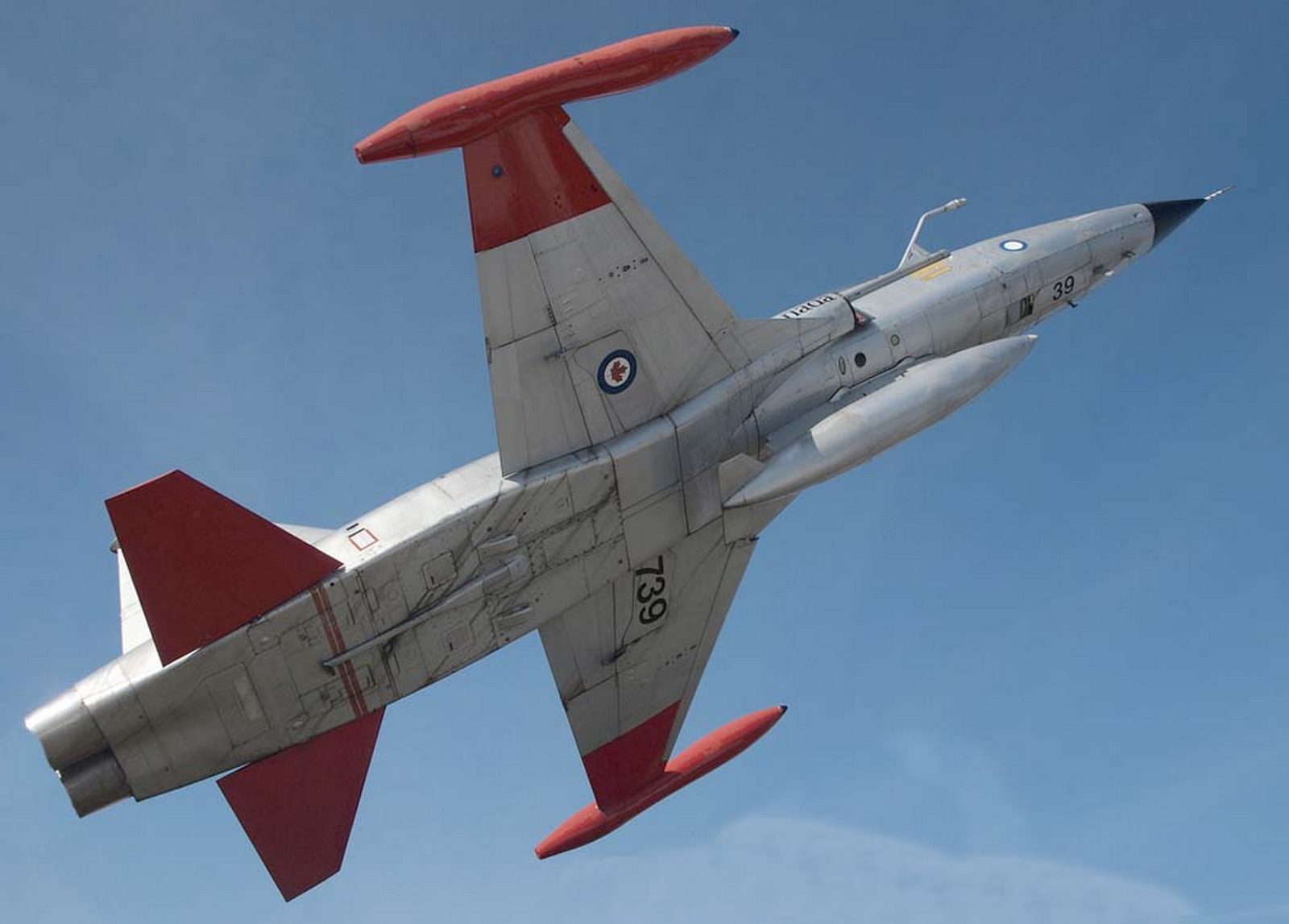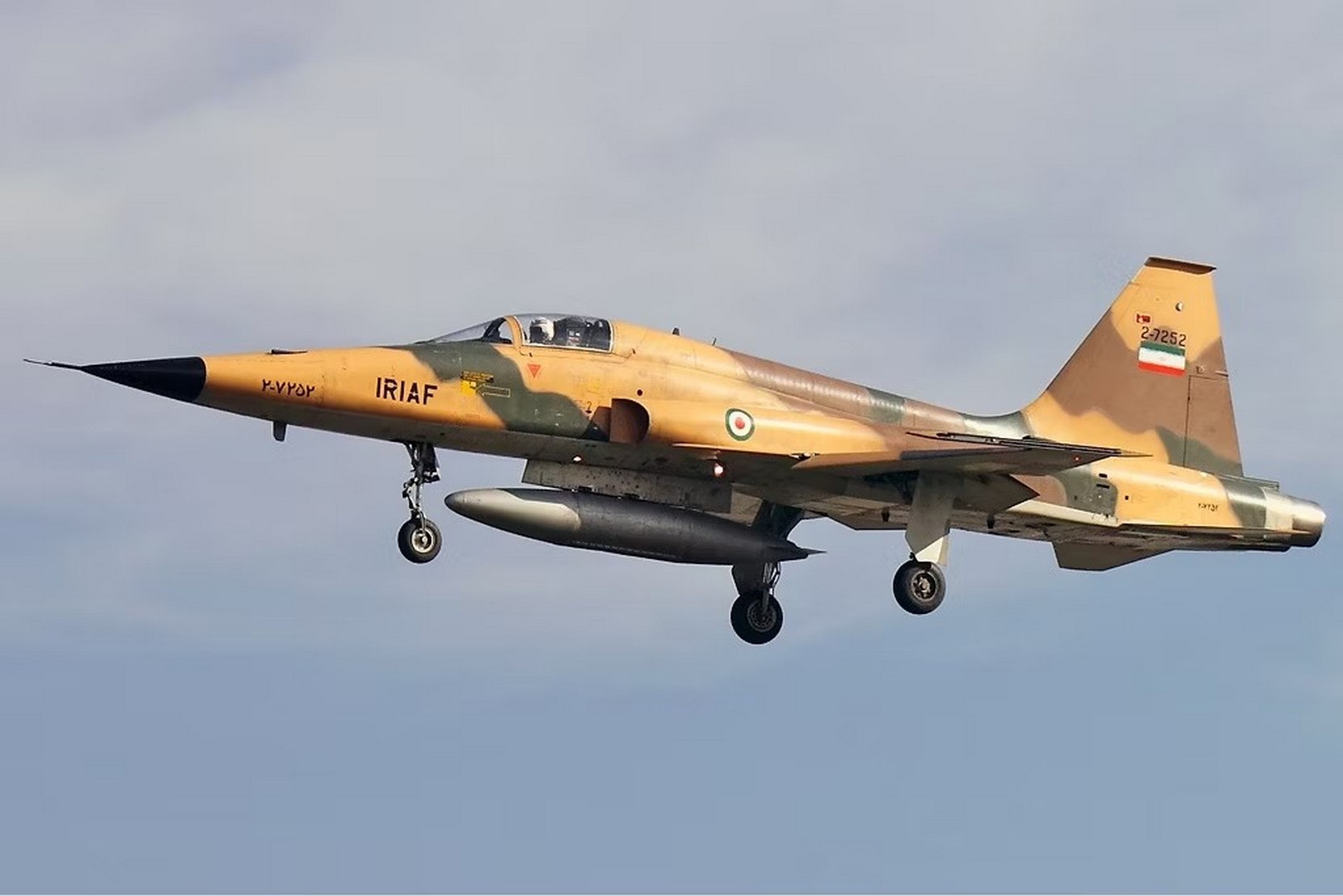65 Years of the F-5 Fighter: History and Achievements

On July 30, the lightweight fighter F-5, created by the American company Northrop Corporation, turned 65 years old. On that day in 1959, its first prototype, the N-156F, took to the air at Edwards Air Force Base in California. The fighter was developed based on the T-38 trainer aircraft, which has a separate mention on our website. The aircraft was aimed at supplying U.S. allies (mainly outside NATO) who had relatively small defense budgets. Therefore, keeping the cost as low as possible was a critical requirement for the aircraft.
The development of the fighter led to two "branches" of its family. The initial (basic A/B variants) was named Freedom Fighter, while the improved version was called Tiger II (basic E/F variants). Overall, more than fifty modifications of the aircraft are known, including reconnaissance versions.
The F-5E fighter was equipped with two General Electric J85-GE-21 engines, each with an afterburning thrust of 2270 kgf. It had a length of 14.58 meters, a wingspan of 8.13 meters, a maximum takeoff weight of 11,214 kg, and could reach a maximum speed of 1,740 km/h. With additional fuel tanks, it could cover over 2,860 km. The aircraft was armed with two 20-mm cannons with a total ammunition load of 560 rounds and could carry up to 3,200 kg of armament on seven external hardpoints, including AIM-9 Sidewinder air-to-air missiles, AGM-65 Maverick air-to-surface missiles, a wide range of bombs, napalm tanks, and rocket pods.
The F-5 was not only produced in the U.S. Licensed production was established in Canada, Spain, South Korea, Switzerland, and Taiwan. Serial production continued until 1987, with over 2,600 units built.
Although the United States initially did not plan to procure such aircraft, their intentions quickly changed. Northrop's lightweight fighters were used not only in the Air Force but also in the Navy and Marine Corps. They were mainly used in training centers and aggressor squadrons, where they played the role of Soviet fighters. Some aircraft also made it into combat units. Additionally, the F-5 was used in testing centers and scientific organizations.
Outside the U.S., this family of aircraft was adopted by over 30 countries, including Austria, Botswana, Brazil, Greece, Ethiopia, Iran, Canada, Norway, South Vietnam, Saudi Arabia, the Philippines, and Switzerland. The F-5 participated in many regional conflicts, including the Vietnam War, the Iran-Iraq War, and the conflict between Ethiopia and Somalia. Approximately 400 aircraft are still in service in 17 countries.
The F-5 earned a high reputation: it is easy to pilot and maintain, highly maneuverable, reliable, and has a large fuel reserve. Soviet test pilots had the opportunity to thoroughly study a captured F-5E in Vietnam and were forced to recognize its significant superiority over the MiG-21bis. There were 18 "air battles," and the "American" won them all. Although the MiG had better maximum speed and climb rate, this did not lead to success in real confrontations.

 Fan-page
Fan-page Youtube
Youtube TikTok
TikTok Aviamuseum
Aviamuseum State Aviation Museum
State Aviation Museum
